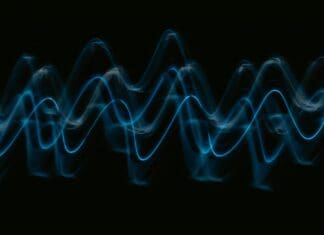This post is also available in:
 עברית (Hebrew)
עברית (Hebrew)
Vessels continuously operate marine radar to avoid nearby obstacles and safely navigate from point to point. It is hard to track some vessels that have ceased AIS (vessel Automatic Identification Systems) transmissions and gone dark. There are vessels that continue to evade AIS detection to conduct illicit activities, making it difficult for organizations to identify and monitor their behaviors.
An updated technology addresses critical gaps in Maritime Domain Awareness by revealing an entirely new data layer for vessel monitoring. Global maritime situational awareness will now be improved with new features of the RFGeo system, that can now map an expanded catalog of marine navigation radar signals.
With this update, HawkEye 360 introduces the first S-band radar signal and quadruples the number of X-band radar signals in the company’s library. The company can now cover the most used frequencies for X-band magnetron-based radar systems, providing a more comprehensive view of maritime activity.
Commercial vessels 300 gross tonnage or larger are required to be equipped with X-band radars (9 GHz). The largest vessels also carry S-band radars (3 GHz) to penetrate deeper through rain or fog. Each new signal improves the company’s ability to develop vessel profiles and help clients identify dark vessels that might be involved in illicit activities, such as smuggling or illegal fishing.
RFGeo identifies and geolocates RF signals collected by a proprietary satellite constellation. It is the first commercially available product offering global spectrum awareness across a broad range of radio signals.
In addition to the newly announced signals, RFGeo can independently geolocate VHF marine radios, UHF push-to-talk radios, L-band mobile satellite devices, EPIRB emergency distress beacons, and vessel AIS.
The company is continually adding signals to the catalog to broaden the reach of RF identification across land, sea, and air domains, according to satnews.com.


























